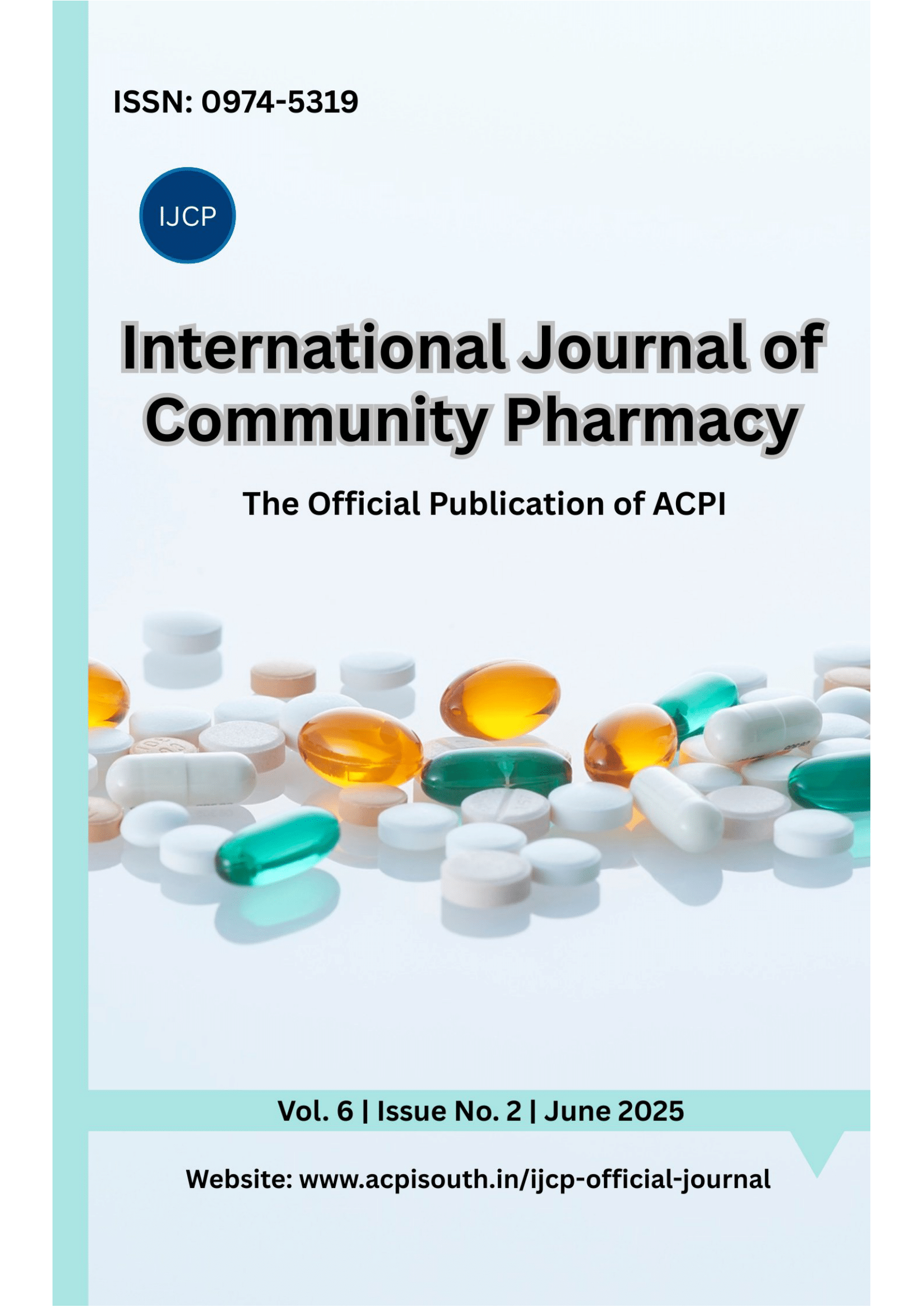Narrative Review of Clinical Pharmacist Contributions to Cancer Pain Control:integration of Who Guidelines and Pain Assessment Tool
##plugins.themes.bootstrap3.article.main##
Authors
Abstract
Pain is a prevalent and distressing symptom in cancer patients, affecting up to 90% depending on cancer type and stage. It arises from multiple sources including the tumor, treatments, and comorbidities, significantly impairing quality of life, psychological well-being, and treatment adherence. Despite advances in pharmacologic therapies and evidence based guidelines like the WHO’s three-step analgesic ladder, cancer pain remains underassessed and inadequately managed globally. Barriers include clinician knowledge gaps, opioid related concerns, limited medication access, and fragmented care, especially in resource-limited settings. Emerging clinical pharmacist-led analgesic stewardship programs offer innovative solutions to these challenges by optimizing pain assessment, individualized treatment, opioid management, and patient education. Pharmacists bring specialized pharmacotherapeutic expertise, playing a vital role in tailoring analgesic regimens, monitoring efficacy and adverse effects, and fostering interdisciplinary collaboration. Studies demonstrate that pharmacist involvement improves pain control, medication adherence, and patient satisfaction while reducing medication-related complications and healthcare costs. Opioid stewardship is critical due to risks of misuse and regulatory scrutiny. Pharmacists contribute by applying guideline recommendations, individualizing therapy based on pharmacokinetics and pharmacogenomics, and implementing risk mitigation strategies consistent with CDC and international guidelines. Accurate pain assessment using validated tools—Visual Analogue Scale (VAS), Numerical Rating Scale (NRS), and Verbal Rating Scale (VRS)—is foundational to effective management. Pharmacists enhance guideline implementation by training healthcare teams, ensuring consistent assessment, and integrating pain evaluation into clinical workflows.Overall, clinical pharmacist-led interventions align with global best practices and are integral to comprehensive, patient centered oncology pain management. Their involvement bridges the gap between guidelines and clinical practice, promoting safer, more effective analgesic use and improving outcomes in cancer patients experiencing pain



